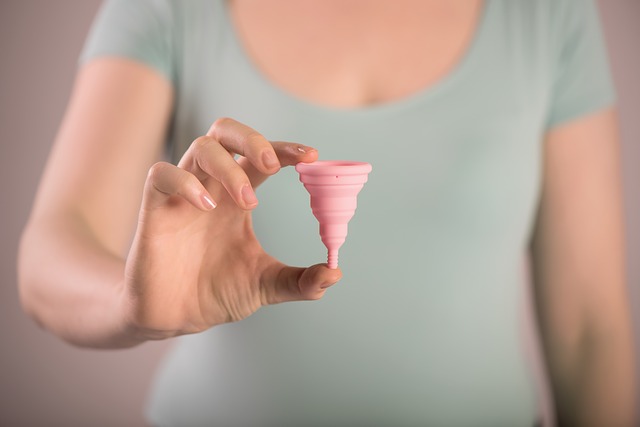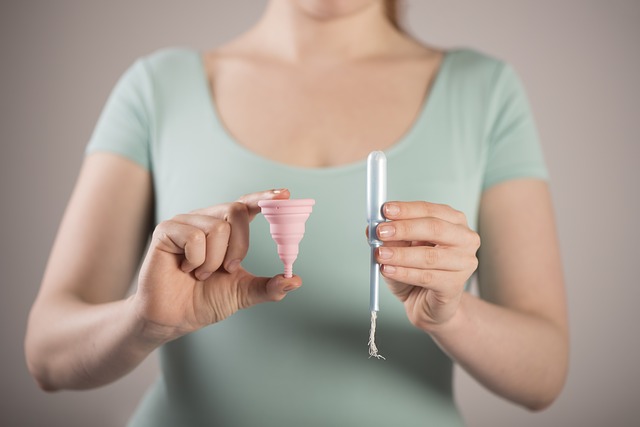As someone who made the switch to a menstrual cup years ago, I am always asked a lot of questions.
Right from its comfort level and durability to how to clean it and how to insert it.
The menstrual cup has been widely marketed as one of the most durable products in the world.
Life has been a lot easier for me since I switched. For me, it is one of the most convenient period accessories ever, and right from when I switched four years ago, I knew I wasn’t going to back to disposable sanitary products. I knew this was one giant step toward living a greener life.
I have written before about menstrual cups before on Elephant Journal.
My first post was on how using the menstrual cup changed my life, and the last was on how to clean the menstrual cup. This time I’d like to address the question I’ve been seeing more and more in group discussions online:
How long does a menstrual cup last?

My answer: anything from 5 to 12 years.
When you do a quick google search, you will see varied answers. The average life cycle of most menstrual cups is 6 to 8 years. Do you think that is a bit of a stretch? Actually, I don’t think so. The life span of a menstrual cup depends on how you take care of it and how regularly you clean it. Cleaning the cup, storing it, and using it the right way will make your menstrual cup last longer.
It is important that you inspect your cup regularly for signs of deterioration such as a sticky or powdery film, severe discoloration, or odor. If you detect any of these signs or if you experience irritation, it is time for you to replace your menstrual cup.
How do you ensure your menstrual cup lasts longer?
I have been using my menstrual cup for almost five years now and I have not seen the need to change it as yet—not for another year at least. Discoloration is one of the most common problems that happens with a menstrual cup. It usually sets in within two years of using the cup. Your menstrual blood will stain the silicone material even if you are cleaning it regularly.
Just a bit of discoloration is not a reason to change the cup, because the quality of the cup is not affected.
However, here are some sure signs that you need to change your cup:
> extreme discoloration despite having cleaned the cup thoroughly
> a bad odour that persists even after you have sterilised the cup
> traces of a powdery substance even after the cup has been sterilised and dried
> it is sticky to the touch even after you have cleaned it thoroughly
In order for the menstrual cup to last long, you will need to clean it well.
Here are some tips that can increase the life-span of your menstrual cup:

Sterilize it:
Clean the menstrual cup before and after every period cycle. This involves more than using a wet wipe or rinsing it under warm water with a soap-free solution. Place it in a pan of boiling water. Let it stay in the boiling water for at least 10 minutes.
Clean the holes:
Menstrual cups have holes that help to indicate when the cup is full. To clean these holes, insert a pin or a toothpick to remove any remaining residue in it. Do this before you sterilise the cup.
Clean when using the cup:
When you are using the cup, wash it thoroughly after you empty it. Use a mild soap free wash to clean it before you insert it again.
Storing it correctly:
After you sterilise the cup, place it on a soft towel and let it dry completely before you store it in a breathable cotton bag.
Check the cup regularly:
Once every six months, inspect the menstrual cup in the sunlight to look for signs that may indicate you need to change it. Bad odours, stickiness, or powdery residues are some signs that indicate you need to replace your cup.
Following these simple steps will ensure that your menstrual cup will last longer. Of course, regular cleaning and sterilizing of the cup also keeps any fungal infections at bay.












Read 0 comments and reply